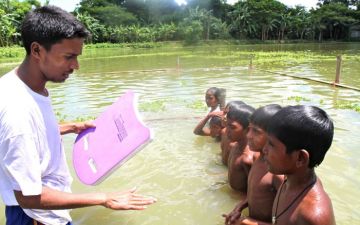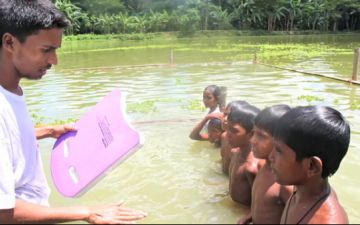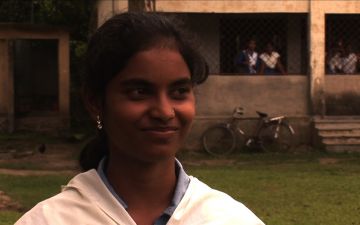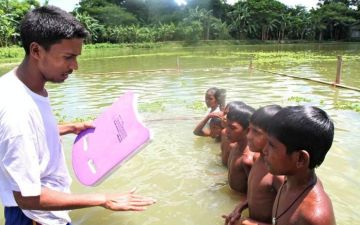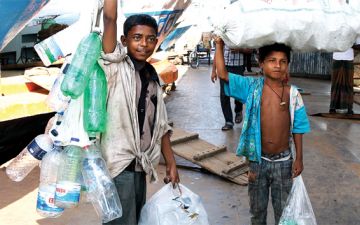Bangladesh is considered the world's most densely populated country with 2,639 people per square mile. Dhaka, the capital, is one of Asia's fastest growing cities, with a population currently around 15 million. With some 400,000 new residents arriving each year from rural areas seeking a better life, Dhaka is straining under the pressure of its rapidly swelling population. Already, this megacity faces rising real estate prices, exponentially growing slums, poor quality housing, unreal traffic jams, nagging electrical blackouts, stifling air pollution, poor governance, inadequate clean water supply, and poor sanitation. If population estimates hold true, Dhaka is expected to grow to 20 million by 2020, making it the world's third largest city.
As this megalopolis grows, clean water supplies and effective sewage removal will be critical to the health and success of Dhaka. Today, some 4 million squatters who live in slums do not have legal access to basic services, such as safe water and toilets. These people often are forced to rely on unsafe well water provided by slum lords or buy water from "water sharks" who peddle bottled water from small vans. The sanitation situation is equally severe. Almost two-thirds of the Dhaka's sewage is untreated and left to seep into waterways and the ground. Hanging latrines, which dump waste directly into waterways, and neglected public toilets, are common here and are extremely unhygienic. The results of life in these filthy and sub-human environs are not surprising: each year thousands upon thousands of people in Bangladesh, including 50,000 children, die of cholera, diarrhea, dysentery, typhoid, and other waterborne diseases.
This reporting project will look at the water, sanitation and hygiene problems that Dhaka is facing today, as well as the people and grassroots projects who are pioneering simple, effective life-saving solutions to the mounting sanitation and hygiene challenges of this mushrooming megacity.
